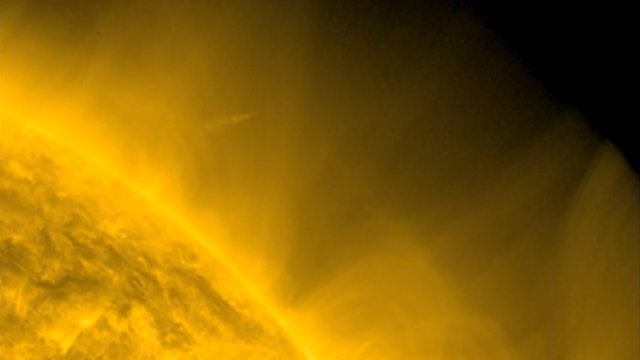Zhukov
VIP Member
SAN DIEGO, Jan. 11 - Astronomers reported on Tuesday that they had convincingly seen, in the patterns of galaxies scattered across the night sky, the vestiges of sound waves that rumbled through the universe after the Big Bang.
Stars and galaxies tended to form along the ripples of the sound waves where matter was slightly denser, and the pull of gravity was slightly stronger. The ripples preserve a picture of the universe when it was only about one million years old and fit well with astronomers' ideas of how the universe, which started smooth and uniform, became lumpy with stars, gas clouds and other celestial objects.
Two teams of researchers analyzing the locations of thousands of galaxies from two sections of the sky reported similar findings on the sound waves at a meeting of the American Astronomical Society here.
Earlier research had found signs of the ripples, but "we regard this as smoking-gun evidence," said Dr. Daniel Eisenstein of the University of Arizona, lead investigator of one of the teams.
http://www.nytimes.com/2005/01/12/science/space/12cosmos.html?oref=login
Comet - Crasher Will Probe Solar System's Origin
By REUTERS
CAPE CANAVERAL, Fla. (Reuters) - A NASA spacecraft lifted off on Wednesday on the first leg of a six-month journey to blast a hole in a comet and study what lies beneath.
http://www.nytimes.com/reuters/news/news-space-comet.html
